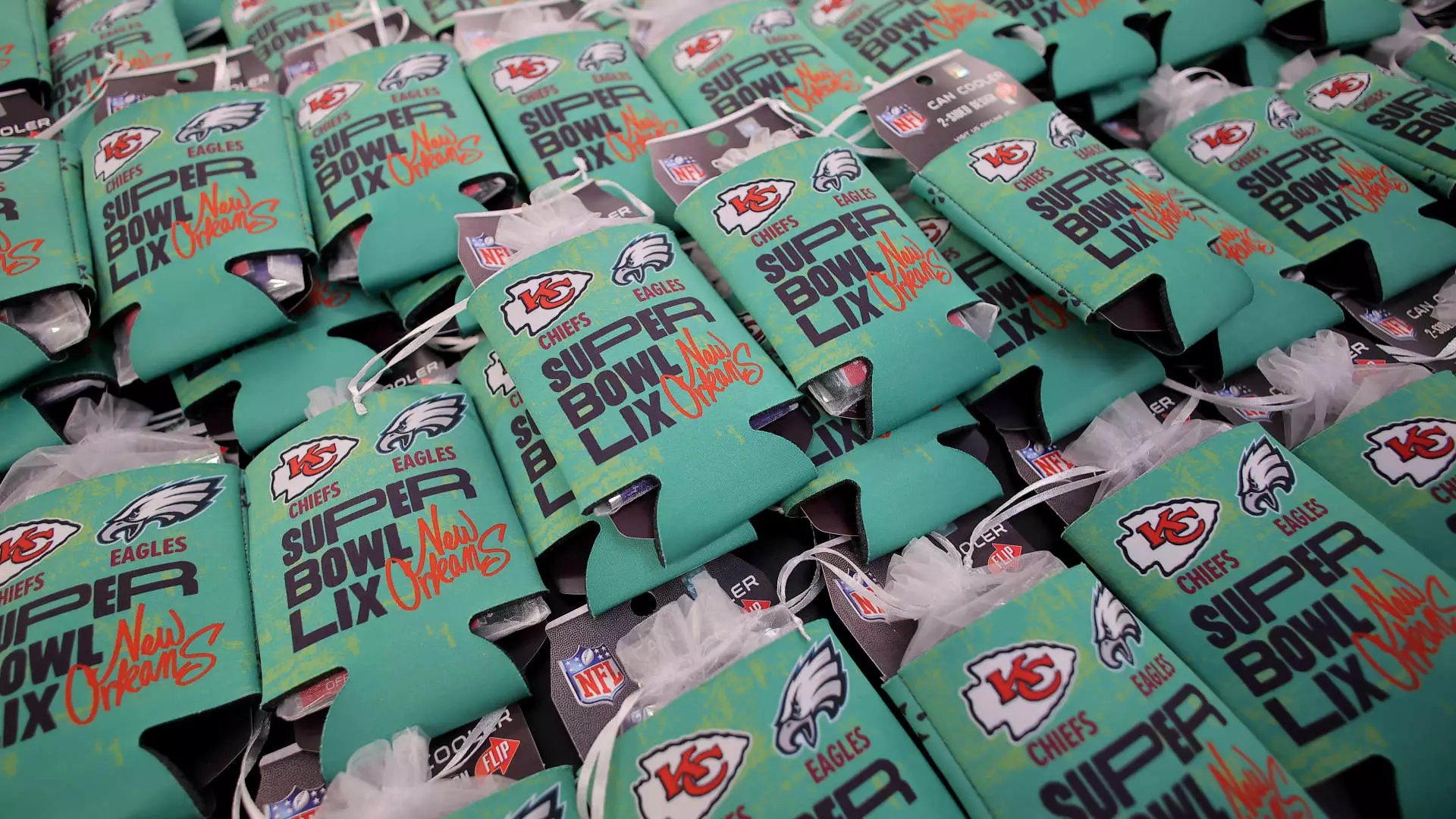The Super Bowl is not just a pivotal sporting event; it stands as a cultural phenomenon that attracts massive attention not only from teams and fans but also from advertisers. As Super Bowl 59 approaches, advertisers are preparing to invest up to $8 million for a coveted 30-second ad spot. While this figure may seem exorbitant, industry experts argue that the potential return on investment justifies the cost. In an age where traditional media is losing ground to digital platforms, the Super Bowl still offers an unparalleled opportunity for brands to reach a concentrated audience, illustrating the unique value it holds in the current advertising landscape.
The Super Bowl is notorious for attracting a vast viewership, with more than 123 million people tuning in last year alone. For advertisers, this represents a unique opportunity to engage with a large, attentive audience in real-time. According to Amy Leifer, DirecTV’s chief advertising sales officer, there are limited venues in today’s fragmented media landscape that can provide access to such a substantial audience simultaneously. The NFL championship game, set to air on Fox Corp.’s broadcasting network, along with Tubi, is projected to deliver the largest live television audience of the year.
The Super Bowl’s reach is particularly significant in a time when traditional television’s ad revenue is under pressure due to declining cable subscriptions. However, sports programming tends to retain advertising dollars far better than non-live content. Media companies with the rights to broadcast live sports are reaping higher ad revenues compared to those without, owing to the captive nature of live audiences.
Return on Investment: More Bang for Your Buck
Despite the rising focus on digital advertising, many advertisers assert that traditional TV remains the most effective medium. EDO, an advertising data company, reported that ads during the Super Bowl have been shown to be approximately three times as effective as those aired during standard primetime programming. This effectiveness can be attributed to the unique engagement levels elicited by the event. A single Super Bowl ad has been equated to approximately 450 primetime ad spots in terms of viewer engagement, highlighting the exceptional value brands can derive from these high-stakes commercials.
Kevin Krim, the CEO of EDO, emphasizes that the execution of a brand’s creative message during the Super Bowl can have lasting effects on consumer engagement. Successful product launches during the event, such as Kia’s EV6 and the debut of Reese’s Big Caramel Cup in commercials last year, exemplify how brands can leverage the Super Bowl for long-term engagement and brand recognition.
Local vs. National: The Tiers of Advertising
While national spots command higher prices, localized advertising can also yield impressive results. Companies like Zeam have reported significant increases in app downloads and consumer engagement following their smaller-scale advertisements during the Super Bowl. Jack Perry, CEO of Zeam Media, shared that localized spots remain in high demand, reflecting the strategic advantages of targeting specific markets during this major event.
Understanding the nuances of ad placement is crucial for brands aiming to achieve high-impact results. Timing is everything, as shown by the changing audience dynamics during the game. According to Andre Banks, founder of NewWorld, brands must align their advertisements strategically to engage their target audience, especially considering that parts of the viewership may focus solely on the Halftime show, where rapper Kendrick Lamar is performing this year.
In today’s digital world, social media has emerged as an integral part of the Super Bowl experience. Advertising strategies now need to incorporate the second-screen phenomenon, where viewers engage with platforms like Twitter and Instagram while watching the game. Banks points out that social media presents an enormous opportunity for brands to amplify their messages and reach audiences beyond the traditional TV screen.
Ad spending on digital platforms is forecasted to continue its rise, with estimates predicting that ad revenue from purely digital sources will increase significantly in the coming years. Traditional TV ad spending, while still growing, is expected to lag behind. This reality has prompted some media companies to collaborate on initiatives aimed at reclaiming market share from tech giants who dominate the digital space.
Despite the growing clout of digital media, the Super Bowl retains its status as a powerhouse event for advertisers. Yet, as the landscape evolves, brands must remain agile and adapt their strategies to maintain relevance. The high stakes associated with Super Bowl advertising—characterized by a massive potential audience and the opportunity for increased consumer engagement—make it a formidable option even as traditional media faces challenges. For brands willing to invest in creativity and strategic execution, the Super Bowl remains an unrivaled platform for capturing attention in an increasingly fragmented media environment.

